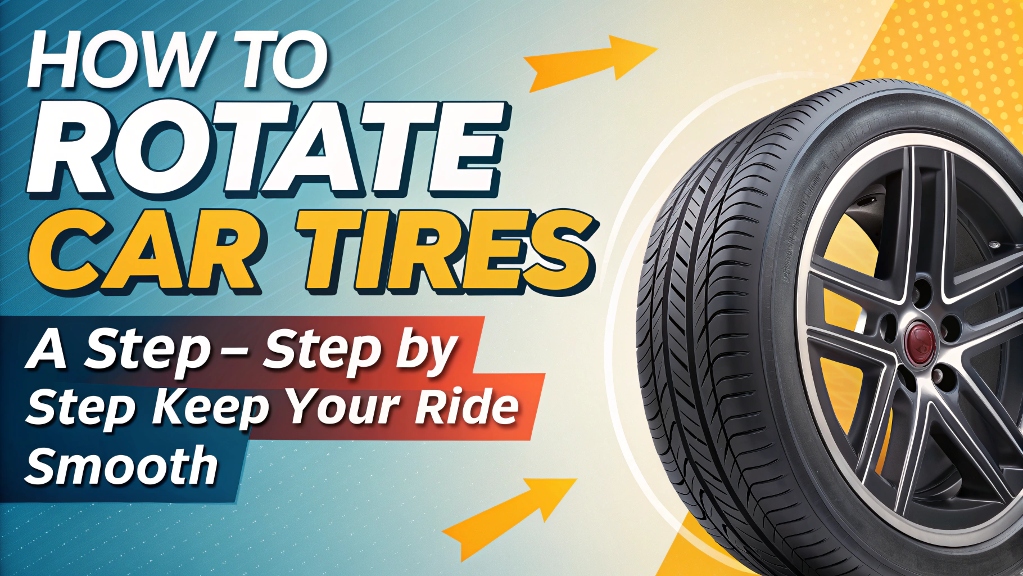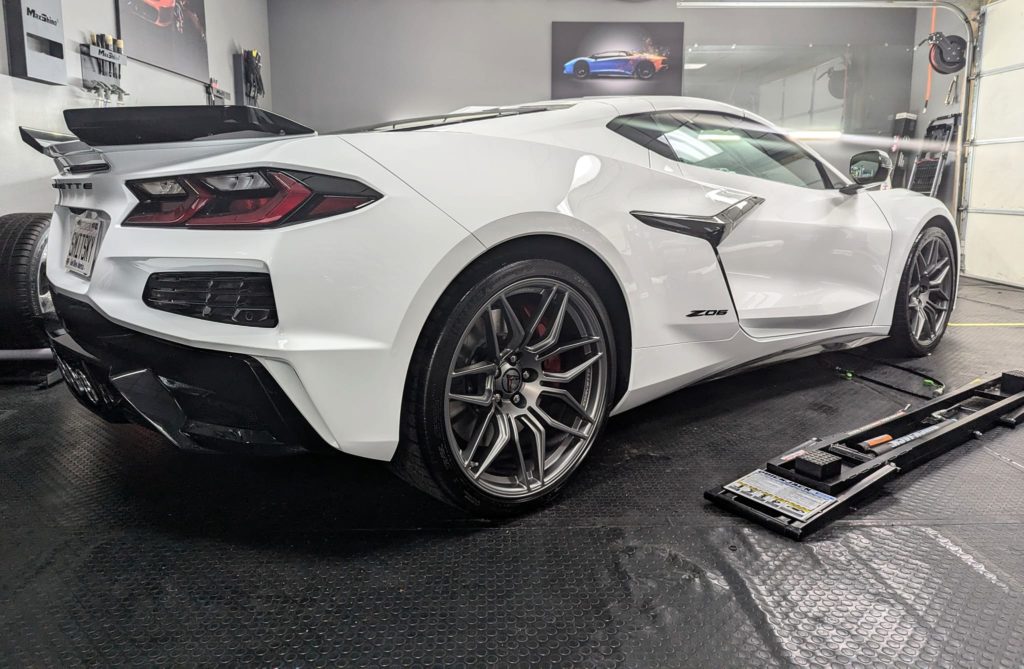Arguably, the most important maintenance task you can perform on your car is a regularly scheduled oil change. Surprisingly, this happens to also be the most neglected of vehicle maintenance tasks. Which is a real shame, as oil changes are easy enough that they can be done at home with just a couple tools. As one auto mechanic states, “If you get all your ducks in a row, you’ll be done in about 20 minutes”. Here’s how….
Taking that wise mechanic’s advice, start by “getting your ducks in a row” by having the right tools and materials at the ready.
The tools you need are:
Rags or disposable towels
- Funnel
- Oil pan
- Oil filter wrench
- Safety glasses (recommended)
- tire ramps or jack and jackstands
- Box wrench set*
*Box wrench set at the ready is recommended as most of us can’t recall the size of our oil drain plugs. In most cases the oil drain plug size (commonly metric) is listed in the vehicle owner’s manual. But if trial and error is required to determine it’s size, it saves a lot of time to have all wrenches right there with you rather than make trips back and forth looking for the proper wrench. Box wrenches are also highly recommended over adjustable wrenches, as a proper match of wrench to plug prevents “stripping” or “rounding” of the drain plug nut.
The materials needed are:
- New engine oil
- Correct (vehicle specific) oil filter
- Oil filter gasket (usually sold with filter)
- Container for used oil
Before you start, consult the vehicle owner’s manual for filter type/size and oil type and amount to be used. Most national chain automotive stores can also reference the proper filter and oil required for your vehicle. Also, these national chain stores often feature sales which include all the required materials for an oil change. These sales usually run in the price range of $18 – $25 (still cheaper than paying for an oil change and nobody’s going to try and sell you wiper blades, PVC valves or add-ons while you’re at it), so pay attention to advertisements or ask around for deals.
Now that the tools and materials are at your ready and your vehicle is secure** on ramps or jackstands, you’re ready to begin!
**If you use a jack, jackstands are a must! You should never work under a vehicle that is only supported by a jack, as jacks are intended to raise and lower a vehicle, not support a vehicle for long periods. If ramps are used, set parking brake and always choc the rear tires to prevent vehicle rolling.
Step 1. Start by placing your pan to catch the old oil under the oil plug. With your box wrench, loosen the oil drain plug to where you can turn it by hand. At this point, oil may start dripping from the plug, that’s normal. You’ll need to be quick as the oil is going to pour out rather fast the moment the plug is removed. That said, continue to loosen and remove the oil plug keeping a tight grip on the plug, as not to drop it in the pan collecting the old oil. Set the oil plug out of the way as the oil drains and you start on the next step.
Step 2. Locate and remove the old oil filter using a filter wrench if the filter is too tight to remove by hand. By this point, most of the old oil should be drained and the remaining oil should be draining at a slow trickle.
Step 3. Ready the new filter by coating the oil filter gasket with new oil before screwing the new filter on. Once coated, screw the new filter on to the engine. It should be snug, but no tighter than can be done by hand.
Step 4. Use a rag or towel to wipe clean the drain plug and visually inspect it’s gasket for wear (replace if necessary). Return the oil plug to the oil pan, hand tighten, and then snugly secure it with your box wrench. By this point you should have removed the old oil from beneath the vehicle, and if you have, you’re all done under the car.
Step 5 (happens under the hood). Locate the oil fill hole, remove the cap and refill with the proper amount of new oil. After refilling, check the dipstick to ensure the proper fill level has been achieved.
At this point, the oil change is done!
Step 6. Safely return the vehicle to the ground, clean up any drips or spills, and put away your tools.
Step 7. Properly dispose of your used oil and filter. This can usually be done at any national auto parts chain store for a small fee. Alternately, find a used oil recycling center at earth911.com or via an internet search.
Changing your own oil is truly that easy! It’s a straightforward task that any DIY-er can do in little time while saving a big chunk of change. Self oil changes also offer you the opportunity to become more familiar with your car. The time spent under the vehicle and under it’s hood allows you to visibly inspect these areas for abnormalities you’d otherwise miss. Furthermore, the more you do it, you streamline the process making future oil changes easier each time you change your oil after that.







